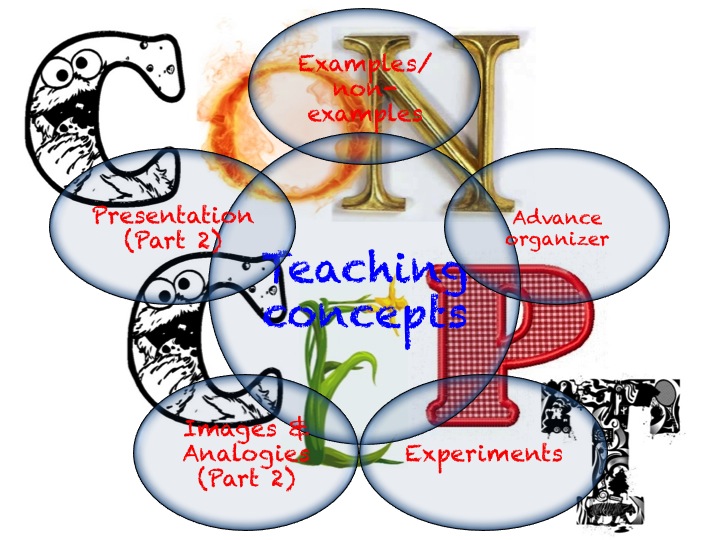segundo reflexión (18 Jan ’11) Part II
This part is divided into two, where 3/5 of the teaching concepts are discussed in the classroom and the rest will be continue the week before CNY. (where you can observe in the parasite box that is attach to the big momma, as I called it, there’s PART 2, that is!)
Down to business. These are some of the methods to teach concepts in the classroom, and it varies from one lesson to another, one teacher to another, a group of students to another, urban VS sub-urban students/school, etc.
In the discussions, when every groups needs to present their work with the specific example from the syllabus, we are surely having a hard time to relate the teaching concept method and how to lay it out together with the concept itself. At one point, we observe that, most of us faced the breakdown of the teaching concept. It’s not as easy as people might think. Without practice, experiences and hard work to really figure out which of the concepts in sciences can go with the teaching concept method chosen, the whole thing can be as useless as a phone without signal. 😛 The whole idea of having a phone is to make a phone calls, and without signals, no incoming or outgoing calls can be made or receive. Same idea as the teaching concept method, where, the concept chosen should blend in very well with the teaching method.
Example/non-example: sounds easy. However, as what the first group did, the teacher can mislead or making the student confuse about the whole teaching. Choosing to differentiate organic and non-organic matter of the living things, they made the class summarize that the whole thing is organic, which becomes their breakdown. And without revealing whats their topic is, the whole thing is misunderstood by everybody.
Advance organizer: my group. The tricky question from Prof is. ‘What’s the differences between concept maps and mind maps?’ Killer! But here is the answer: The mind maps is based on radial hierarchies and tree-structure denoting relationships with a central governing concept, whereas concept maps are based on connections between concepts in more diverse patterns. This method can make your life WAY easier to approach the students either to starts the lesson, or summarzing the whole lesson. Choose, laying out the whole chapter, or topic, or lesson, etc.
Experiment: Kinda impressed with this group explanation on this method. Their example is the density and mass. Floating or sinking. As what Oprah Winfrey said, ‘This is the A-HA moment’ of every student. Well, for Malaysian students, they might say, ‘Ohhhhh..’ *applause*
ps- If you can’t figure out what’s the word behind my balloons SmartArt Graphic, it says, CONCEPT. I made it myself 😉

Leave a comment